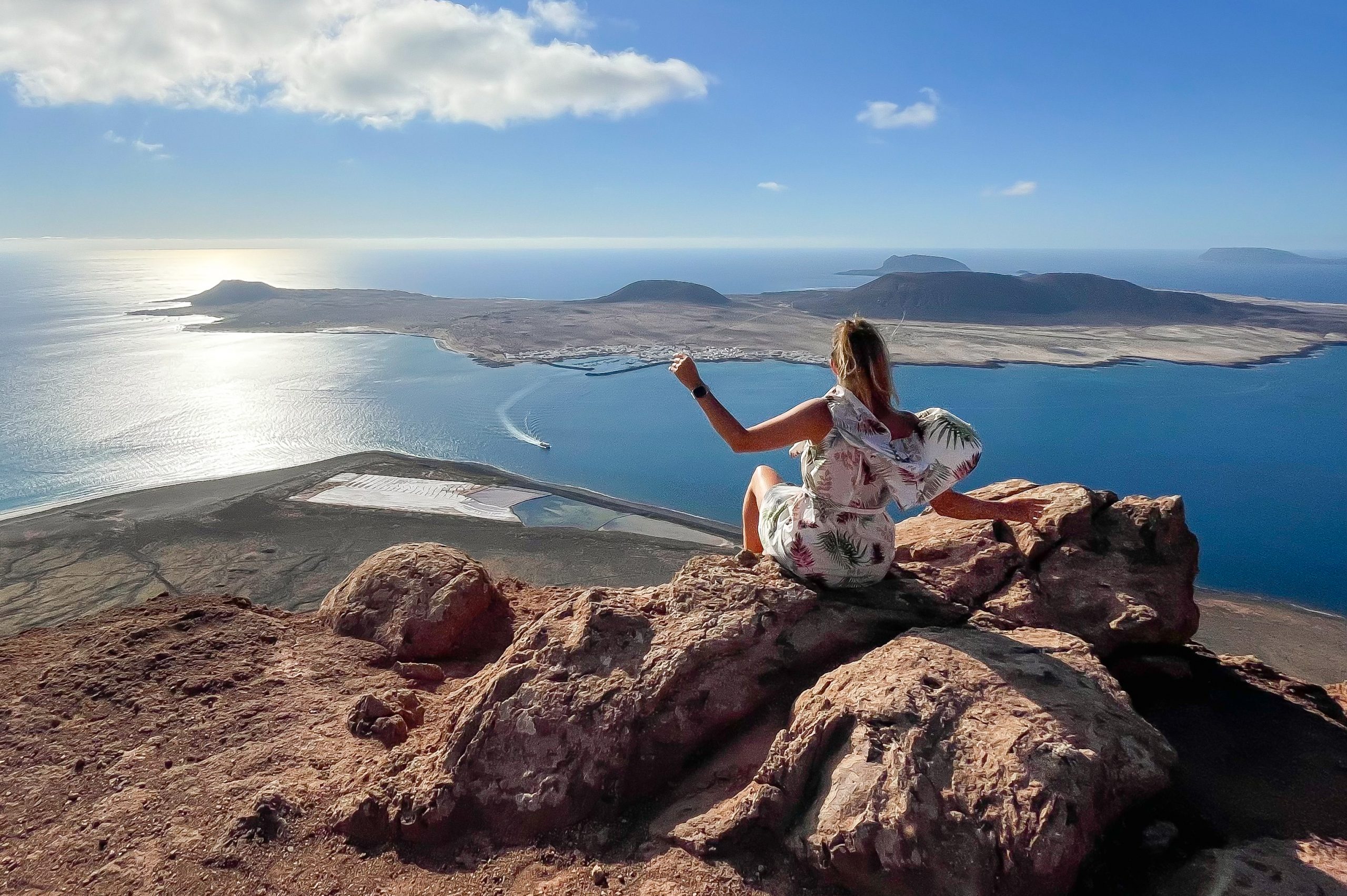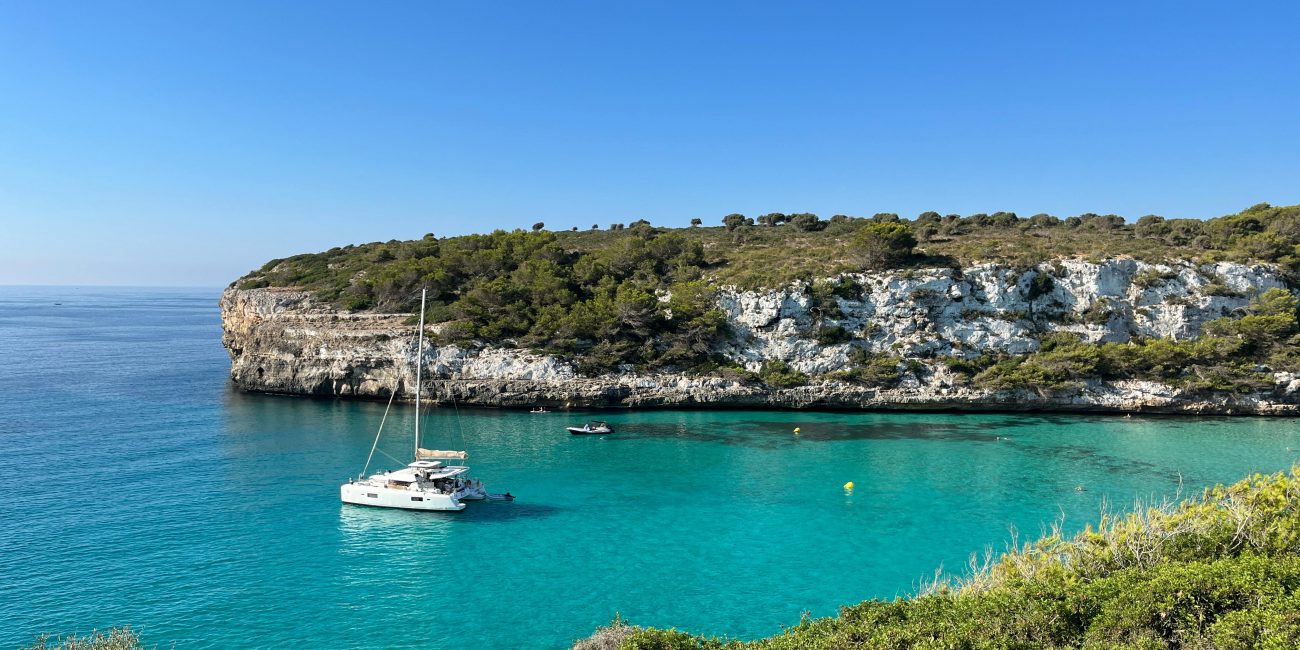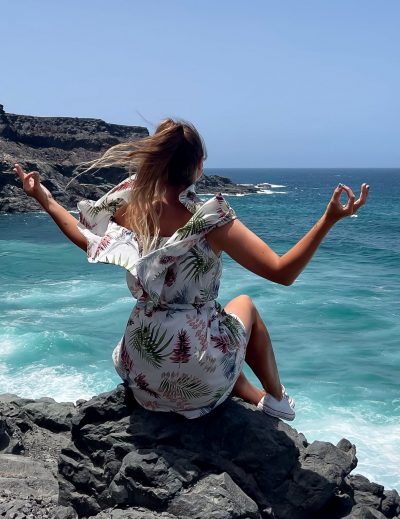No products in the cart.

Best Travel Insurance in 2025 (For Digital Nomads, Backpackers & Every Kind of Traveler)
If there’s one thing I never skip before a trip — it’s travel insurance.
It’s definitely not the most exciting part of travel planning, I know… but trust me, when your flight gets canceled, your luggage decides to go on its own adventure (hello, lost bags), or you get food poisoning in a country where you don’t even speak the language… you’ll be so thankful you had it.
Even if you’re super careful, travel always comes with unexpected moments. And for just a few euros a day, you can avoid major stress (and huge bills), have a plan B, and actually enjoy your trip without constantly worrying what if.
“Even if you’re super careful, travel always comes with unexpected moments.”



1. Heymondo — Great for Longer Trips or Multiple Getaways
Heymondo is a great option if you’re going away for a longer time or planning more than one trip in a year. They also have a really handy travel assistance app. It’s kind of like your little travel buddy — always in your pocket and ready to help. Honestly, it just makes things way easier if something unexpected happens.
Here’s what the app gives you access to:
- 24/7 medical chat with a doctor
- Free emergency calls via the app
- Quick claims for delays, lost luggage, etc. (with photo upload)
- Access to all your documents in one place
What the insurance covers:
- Emergency medical help
- Lost, delayed, or damaged luggage
- Trip cancellation due to serious illness or emergencies (for you or close family)
- 24/7 global support
Types of plans you can choose:
- Single-trip insurance — for one trip
- Annual multi-trip insurance — if you’re going away more than once (up to 60 days each)
- Long-stay insurance — for 90+ day adventures (great for nomads or remote workers)
2. World Nomads — Best for Adventure Travel & Extreme Sport Trips
If you’re into hiking, diving, surfing, bungee jumping, or any kind of adventure travel (I mean wild stuff!) — World Nomads might be your best match. They’re one of the few insurance companies that actually cover a wide range of sports and outdoor activities, while others don’t.
Here’s what it covers:
- Emergency medical expenses abroad
- Trip cancellations or delays (T&Cs apply)
- Lost baggage
- Stolen or damaged travel gear
- Over 150 activities and sports
- Natural disasters
- Some COVID-related disruptions
- Volunteering programs (many travel insurances don’t cover it)
Good to know:
- Available to travelers aged 18 to 69
- Policies offered to residents of 100+ countries worldwide (not available in all countries — always check first)
- You can buy or extend your insurance while on a trip
- Some activities may need an upgraded plan — so double-check if you’re doing anything wild
- It’s great for long-term travelers, but not so budget-friendly for shorter trips
3. SafetyWing — Best for Digital Nomads & Long-Term Travel
If you work remotely, travel often, or don’t always know where you’ll be next month, SafetyWing is made for you. Created by digital nomads, for digital nomads, it’s one of the most flexible and affordable options out there, especially if you’re moving between countries or staying abroad for months at a time.
They offer two plans:
- Nomad Insurance (Essential) — great for basic coverage like emergency medical, travel delays, and unexpected illness
- Nomad Insurance (Complete) — includes extras like routine checkups, mental health, maternity, cancer treatment, burglary, and more
What it covers:
- Emergency medical care abroad
- Trip interruption or delays
- Lost checked luggage
- Travel while working remotely (yes, finally!)
- Coverage in 180+ countries
- Some COVID-related medical expenses
- Option to include home country visits
- Affordable weekly pricing (auto-renews every 28 days)
- & more
You can sign up even after you’ve already started traveling, and it works like a subscription — you pay weekly, and it just keeps going until you stop it. Perfect for people who don’t like committing to fixed travel dates.
Things to keep in mind:
- Electronics aren’t included in the base plan (but you can add extra coverage)
- Doesn’t cover high-risk adventure sports unless you upgrade
- Not available if you’re over 69 years old
- Claims are filled online (super easy, but you need good internet connection)
If you’re a freelancer, a slow traveler, or someone wandering between cities and coworking cafés, SafetyWing is honestly one of the best travel insurance options out there.
4. Revolut Travel Insurance
If you’re already using Revolut (the Premium, Metal or Ultra plans) you might not even realize you have built-in travel insurance. Just make sure to double-check your plan details, because coverage depends on your country of residence. For example, the Premium plan in Lithuania includes travel insurance, but in the UK, you’d need a Metal or higher tier to get the same benefits.
Of course, it’s not a full replacement for more comprehensive travel insurance, but it does cover the basics — which can be super handy for short-term trips.
Depending on your plan (T&Cs apply), Revolut travel insurance may include:
- Global medical insurance
- Winter sports cover (note: extreme sports are not included)
- Trip delay and cancellation protection
- Lost or damaged luggage cover
- Car hire excess insurance
It’s automatically activated whenever you leave your home country and usually covers trips up to 30 consecutive days. If I’m planning to stay longer, I always add another insurance option — just to be fully protected. I use Revolut daily — for payments, managing my travel budget, exchanging currency, and now, for a peace of mind too.
Don’t Forget Your European Health Insurance Card (EHIC)
If you’re from an EU country, make sure to take your EHIC (European Health Insurance Card) with you when traveling within the EU or EEA. The EHIC gives you access to public healthcare services at the same cost as locals. You may need to pay upfront, then claim it back at home — keep your receipts and paperwork.
Here’s how it works: if you need medical care, you’ll usually need to show your EHIC at the hospital or clinic. Some places might ask you to pay up front and then get reimbursed later — so keep all receipts and signed paperwork, just in case.
It’s not a substitute for travel insurance (it won’t cover private clinics, lost items, or repatriation), but it’s a really good backup for basic medical emergencies at no extra cost (it’s free!). I always keep mine in my wallet next to my passport — just in case.



Extra Things to Look Out For
- Check what “close family” means — for emergency cancellations, some insurers won’t include cousins or partners unless you’re married.
- Adventurous plans? You’ll need to add extra coverage for skiing, scuba diving, or any “extreme” sports.
- No coverage if intoxicated — alcohol or drugs in your system may void your policy.
- Have a pre-existing condition? If you have any health issues or take regular medication, always declare it. If you hide it, they might not pay for anything related to that condition.
- Traveling with someone? Some policies cover two people under one plan — perfect if you’re going with your partner or best friend.
- Don’t leave your stuff unattended — most policies won’t pay out if your belongings were left alone and stolen.
Travel insurance might not be the sexiest topic in your travel planning… but it’s one of the most important. Even a simple food allergy, missed connection, or lost suitcase can turn into a nightmare without coverage.
It doesn’t matter if you’re flying off for a long adventure or a weekend escape — give yourself peace of mind. You’re not just protecting your stuff, you’re protecting your time, energy, and memories. And hey… if you’re the kind of person who never gets travel insurance, consider this your friendly nudge from a girl who’s never traveled without one!
“Travel insurance might not be the sexiest topic in your travel planning… but it’s one of the most important.”












